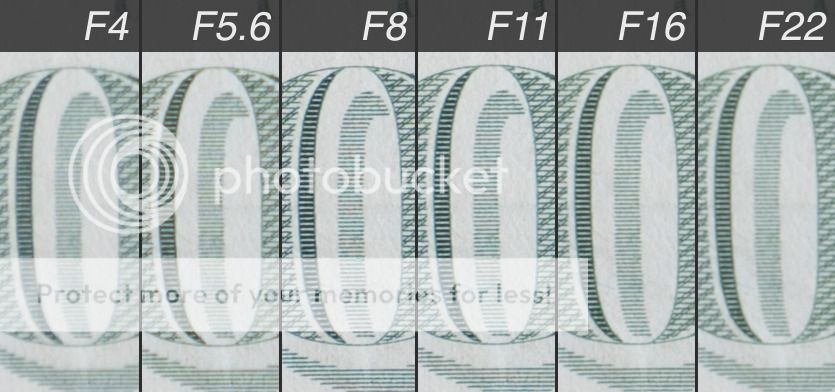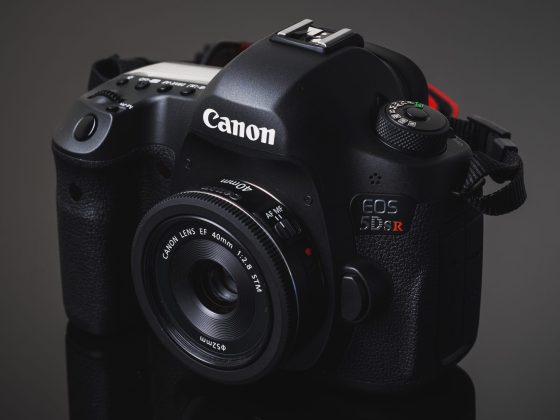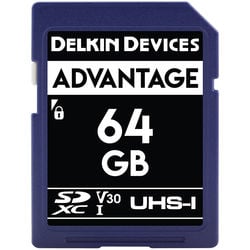
Now that the Sony A7r II has 42 megapixels of madness, it’s a good idea to look at how it handles diffraction with a few lenses.
Right now the consensus is that your aperture and megapixel count will have an impact on your image detail due to diffraction. Shooting higher apertures like f16-f22 will result in softer images vs shooting at f4-f8. Also more megapixels will impact how your images look at higher apertures.
However, from what I’ve been seeing from doing various diffraction tests with different cameras and different lenses, it’s not only aperture and megapixel count that impact diffraction.
Diffraction, It’s Not Just About Aperture
I have seen several things contribute to diffraction.
– The more megapixels, the more diffraction at higher apertures.
– It seems dusty lenses can contribute to diffraction.
– Different lenses handle diffraction better than others.
– The higher the aperture the more the diffraction.
I notice the Sony ZA 16-35mm f4 lens handles diffraction very well. Where as my Zeiss Sonnar 35mm f2.8 handles it a little less.
I’ve also noticed as lenses get dustier and dirtier over the years, they start to get hit harder by diffraction. My Canon 16-35mm f2.8L II lens use to be fantastic, now after years of dust, it performs very poor for landscape photography at higher apertures and I was finally forced to upgrade to the Sony 16-35mm.
Diffraction Chart – Sony A7r II, Vario-Sonnar 16-35mm F4
Shot RAW 100% crop.

Sweet spot on this lens is definitely f8, but you could still get away with shooting F11 without any huge quality loss.
Diffraction Chart – Sony A7r II, Zeiss-Sonnar 35mm F2.8
I skipped F2.8 since it’s not really influenced by diffraction.
Shot In RAW

Shot In JPEG

It looks like the Sony A7r II does add sharpness to try to compensate for diffraction a little bit in the JPEGs. I know Fujifilm does this on their cameras. They add some sort of sharpness algorithm depending on what aperture you’re at to counter the effects of diffraction.
Diffraction Chart – Voigtlander 15mm f4.5 Heliar III
This is an all around great lens and works fantastic with the Sony A7r II.
Again f16 and f22 are pretty nasty. Might be a little worse on this lens than on the 16-35mm and the 35mm.
Sony A7r II Diffraction Test Conclusions
I notice the Vario-Sonnar 16-35mm handling diffraction a little better than the Sonnar 35mm and especially the Voigtlander 15mm. Either way, all three lenses still are totally usable between f5.6 and f11 even with all the megapixels packed into the Sony A7r II sensor. I was expecting much worse.
Sony also stacks on some nice sharpness when shooting JPEG making diffraction less of an issue. This is great for those HDR photographers that like to shoot 5-7 shot JPEG sequences. This will allow you to shoot at those apertures to get sun stars and more dof while still maintaining sudo sharp images.
The good news is, diffraction does seem to help eliminate moiré patterns. So if you’re having problems with moiré you can just close down your aperture a stop or two.




